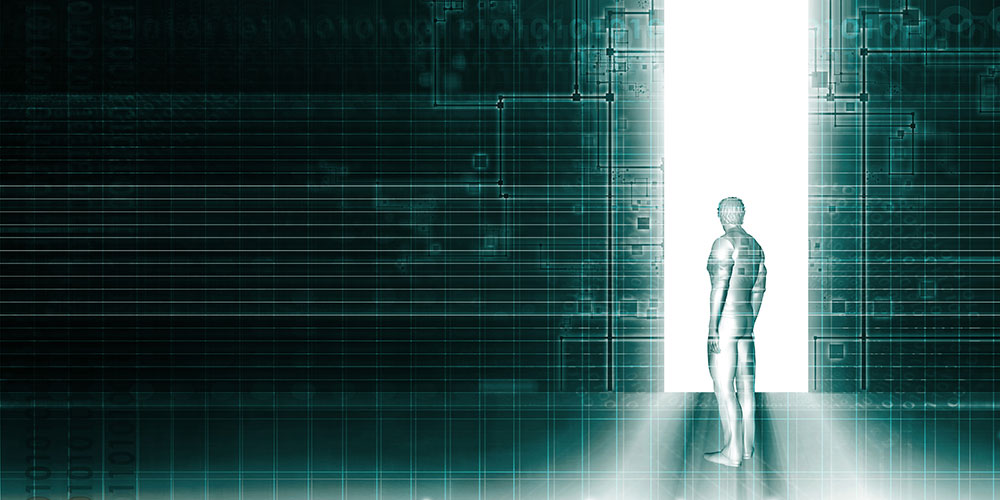The Internet of Things refers to the exchange of data from real-world machines and sensors that communicate via the Internet. The IoT therefore constitutes the third digital revolution, after telecommunications and the Internet, enabling interaction between the digital and physical worlds: between a human and an object, and from machine to machine.
These communications contribute greatly to the soaring volume of data circulating in the networks, especially since the number of connected objects owned and used for both private and professional purposes has multiplied exponentially in recent years.

A wealth of information which benefits all human activities
Both the IoT and the corresponding increase in the amount of data generated worldwide make it possible to better anticipate, regulate, and optimise more and more facets of human activity, including cities, transport, agriculture and energy, just to give some examples. The IoT therefore represents a promise of progress for individuals, society, and the planet. The collection of data from human activity allows for a more accurate analysis of needs and, ultimately, improved efficiency across all areas of activity.
eHealth
We can measure our physical activity and heart rate at a glance using connected watches or bracelets – these “wearables” care for our well-being. These objects also have many uses in e-health, especially for the chronically ill.
Smart home
For private individuals, the IoT marks another step forward in the connected home. The 161 million smart homes already built automatically determine the optimal settings for the temperature, for air conditioning and for lighting, among other things, and allow the owners to control their homes and equipment from their smartphones.
Smart cities
Communities are also experiencing the benefits of the boom in the number of connected objects, which will allow new services to be offered to citizens by working in collaboration with key stakeholders in city management. Real-time analysis of passenger volumes or the geolocation of vehicles enables easy movement, while smart buildings adjust their energy consumption according to the activity of their occupants (smart grids).



